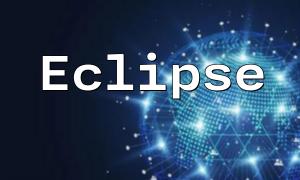In modern web development, data transmission and URI (Uniform Resource Identifier) handling are crucial tasks. JavaScript's encodeURI function and PHP's urlencode function are commonly used for URI encoding. Although their purposes are similar, there are significant differences in how they handle encoding. This article provides a detailed comparison and analysis of these two functions, helping developers better understand their applications in different environments.
encodeURI is a standard JavaScript function used to encode URIs. Its main function is to encode certain characters in the URI to ensure they are not misinterpreted during transmission. It does not encode characters that have special meanings in URIs, such as #, ?, &, and =, allowing these characters to retain their intended function.
Here is an example of using the encodeURI function:
const uri = "https://example.com/page?name=张三&age=25";
const encodedURI = encodeURI(uri);
console.log(encodedURI); // Output: https://example.com/page?name=%E5%BC%A0%E4%B8%89&age=25In contrast to encodeURI, urlencode is a PHP function used to encode URLs. It converts all non-alphanumeric characters in the string into their corresponding ASCII codes prefixed with a percent sign (%), ensuring that the URI is parsed correctly. urlencode encodes most special characters, especially spaces, converting them into a plus (+) sign.
Here is an example code using the urlencode function:
$uri = "https://example.com/page?name=张三&age=25";
$encodedURI = urlencode($uri);
echo $encodedURI; // Output: https%3A%2F%2Fexample.com%2Fpage%3Fname%3D%E5%BC%A0%E4%B8%89%26age%3D25While both encodeURI and urlencode are used for URI encoding, they differ significantly in their encoding methods and use cases.
encodeURI is primarily used for encoding an entire URI and does not encode special characters like #, ?, &, and =. On the other hand, urlencode is used for encoding individual URI components and typically encodes all special characters to ensure each part of the URI is transmitted correctly.
In encodeURI, spaces are not encoded, whereas in urlencode, spaces are converted into a plus (+) sign. This difference can affect parsing results in some situations. For example, when handling query strings, the treatment of spaces may lead to different parsing outcomes.
When deciding whether to use encodeURI or urlencode, developers should base their choice on the specific needs of the task. If encoding an entire URI while retaining special characters is required, encodeURI is more appropriate. If encoding a specific component of the URI and ensuring all special characters are encoded is needed, urlencode is the better choice.
In summary, understanding the differences between JavaScript's encodeURI function and PHP's urlencode function is crucial for web developers. This knowledge not only impacts data transmission accuracy and security but also affects user experience and data processing effectiveness. By choosing and using these functions appropriately, developers can ensure their web applications work seamlessly in different environments.









